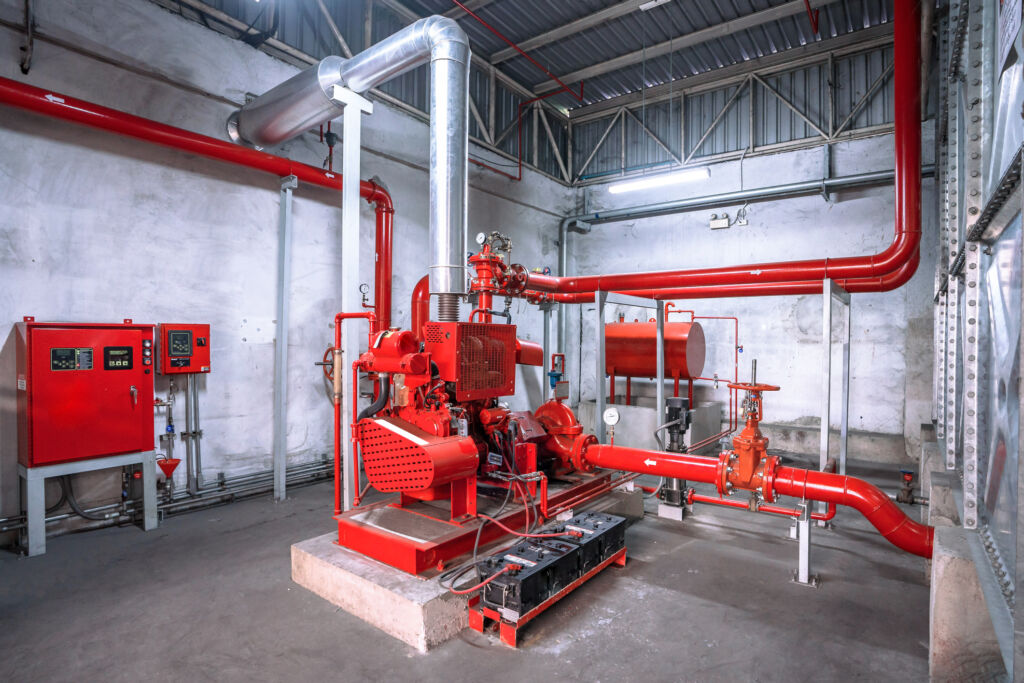building compliance
The Health and Safety at Work etc Act 1974 is fundamental legislation in the safe operation of all business in the UK . It defines duties that:
- Employers have to employees and the public
- Employees have to themselves and each other
- Certain self-employed have to themselves and others
The act is enforced by the HSE on behalf of the UK government.
Broad H&S audits provide a rounded picture for the key aspects of what is expected to comply with the H&S at work act.
Maintenance of life safety systems and assets is required under many forms of legislation. However many organisations fail to understand what best practice guidance suggests for managing these assets to protect employees & public.
Modern approaches are often based on absorbing older pre-digital practices, importing them into computerised maintenance management packages and then following computer generated activities. Unfortunately older pre-digital practices are just that old. Current guidance has moved on in many cases. Equally the 90’s and 00’s migration methods into digital systems was fraught with errors and the loss of information. Thus we often find assets missing completely from such systems, or not maintained for years due to simple linking of database entries. Add to this the prevalence of lost building information and many businesses are at risk on ensuring their asset base is kept legally compliant.
Our audit approach starts with the building strategy by asset class. Fire strategy for fire assets, Legionella risk assessment for L8 assets, etc. we then work with asset database information, strategy requirements and physical audits to identify the asset base is adequately captured. Then review each asset type for its applicable legislation and finally its maintenance records. Findings of often related to incorrect maintenance requirements, assets missing from databases and unlinked assets to planned maintenance modules.
Maintenance of life safety systems and assets is required under many forms of legislation. However many organisations fail to understand what best practice guidance suggests for managing these assets to protect employees & public.
Modern approaches are often based on absorbing older pre-digital practices, importing them into computerised maintenance management packages and then following computer generated activities. Unfortunately older pre-digital practices are just that old. Current guidance has moved on in many cases. Equally the 90’s and 00’s migration methods into digital systems was fraught with errors and the loss of information. Thus we often find assets missing completely from such systems, or not maintained for years due to simple linking of database entries. Add to this the prevalence of lost building information and many businesses are at risk on ensuring their asset base is kept legally compliant.
Our audit approach starts with the building strategy by asset class. Fire strategy for fire assets, Legionella risk assessment for L8 assets, etc. we then work with asset database information, strategy requirements and physical audits to identify the asset base is adequately captured. Then review each asset type for its applicable legislation and finally its maintenance records. Findings of often related to incorrect maintenance requirements, assets missing from databases and unlinked assets to planned maintenance modules.

Acufire has clients for whom we advise in building compliance
Building compliance – DEC and EPC
Energy Performance Certificates (EPCs) are essential for all buildings when they are built, sold or rented out; and Display Energy Certificates (DECs) are necessary for any large, public buildings used by public bodies or institutions. Our building compliance services cover both.
A DEC accredited assessor will produce an Energy Certificate for display at your premises. This assessor will also compile an advisory report for the building to allow an action plan to be created for energy savings – and make use of the approved calculation methodology for operational ratings.
Our building compliance services also include calculation of carbon dioxide emissions for the certificate, which are based on the adjusted energy consumption, the total useful floor area and building category to give a figure for CO2 emissions per m2. The DEC must be placed in a national register by the assessor and it will be assigned a unique identifying certificate reference number.

